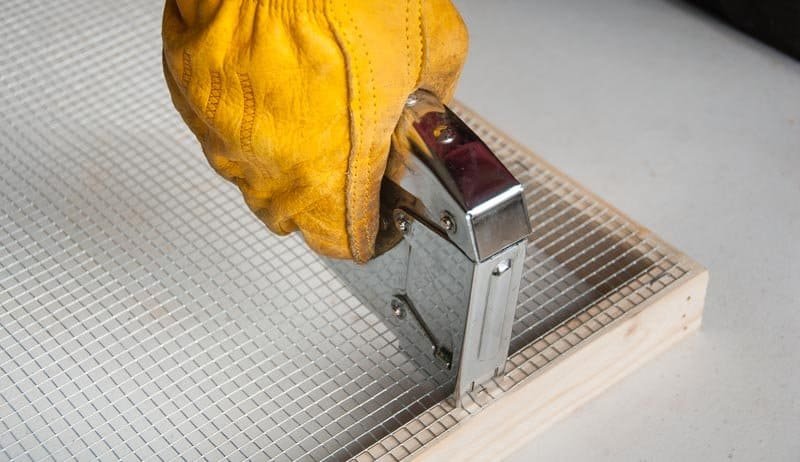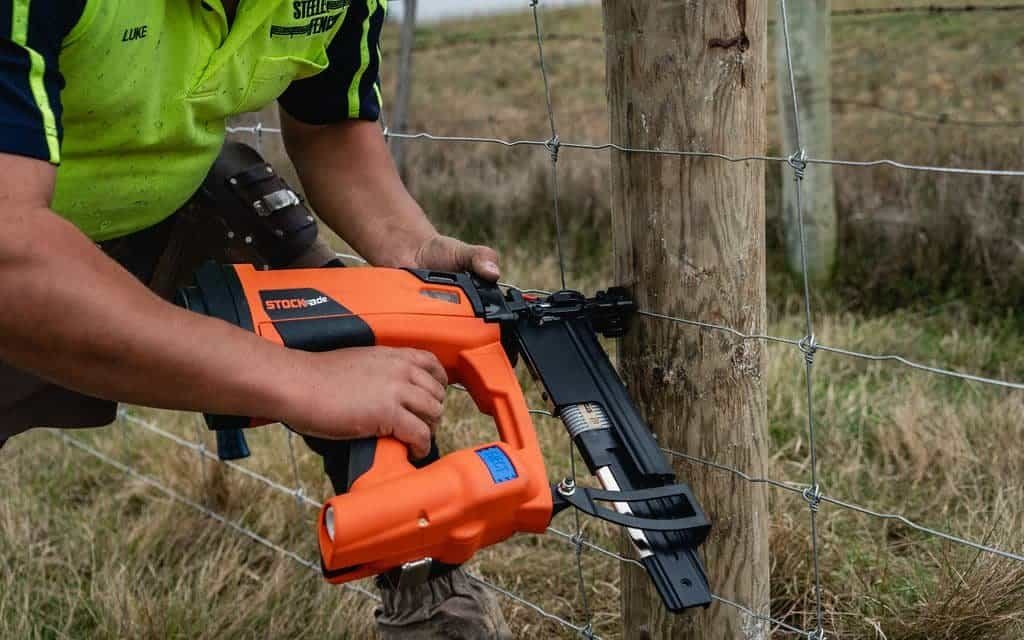When one thinks of essential farming tools, images of tractors, plows, and irrigation systems often come to mind. However, a humble office tool, the stapler, has found its way into the hearts and hands of farmers, proving to be surprisingly versatile and indispensable in various aspects of agricultural life.
This article explores the multifaceted uses of staplers on the farm, from mending fences to securing crop bags, highlighting their practicality, cost-effectiveness, and creative applications.
Beyond the Office: Staplers in Agriculture
- Securing Feed Bags and Crop Sacks:
One of the most common uses of staplers on the farm is to secure feed bags and crop sacks. Whether it’s sealing bags of grain, hay, or harvested produce, staplers provide a quick and reliable way to prevent spills, contamination, and pest infestations. They also help maintain the freshness and quality of stored products.
- Mending Fences and Tarps:
Fences and tarps are essential for protecting livestock and crops, but they can often suffer wear and tear. Staplers offer a convenient way to repair small holes and tears, extending the lifespan of these valuable assets. They can also be used to attach temporary patches or reinforcements.
- Labeling and Organizing:
Staplers play a crucial role in organizing and labeling various items on the farm. From seed packets and fertilizer bags to toolboxes and storage bins, stapling labels ensures that everything is clearly marked and easy to find. This helps streamline operations and save time.
- Creating DIY Solutions:
Farmers are known for their ingenuity, and staplers often become part of their DIY toolkit. They can be used to create makeshift plant supports, secure netting or shade cloth, fasten tarps for temporary shelters, and even repair worn-out boots or gloves.
- Livestock Management:
In some cases, staplers have even found applications in livestock management. They can be used to attach identification tags to animals, secure bandages on minor wounds, or even create temporary enclosures for small animals.
Types of Staplers for Farmers:
- Heavy-Duty Staplers: These are designed for heavy-duty tasks like mending fences, securing thick materials, and attaching tags to livestock. They often have longer reach and stronger stapling mechanisms.
- Long-Reach Staplers: These are ideal for reaching tight spaces or working with bulky materials. They have extended arms that allow you to staple in areas that are otherwise difficult to access.
- Hammer Tackers: These are versatile tools that can be used for stapling as well as tacking. They are particularly useful for securing fabrics, upholstery, and other materials to wood or metal surfaces.
- Plier Staplers: These handheld staplers are compact and easy to maneuver, making them ideal for smaller tasks like labeling and organizing.
Tips for Using Staplers on the Farm:
- Choose the Right Staples: Use staples that are appropriate for the material you are working with. Heavier materials require thicker staples, while delicate fabrics may need finer staples.
- Proper Staple Placement: Place staples strategically to ensure a secure hold without damaging the material.
- Safety First: Always wear safety glasses when using staplers, especially when working with metal or wood.
- Maintenance: Keep your stapler clean and oiled to ensure smooth operation and prevent jams.
Conclusion:
The humble stapler, often associated with office work, has proven to be an invaluable asset on the farm. Its versatility, affordability, and ease of use have made it a go-to tool for farmers, simplifying various tasks and contributing to overall efficiency.
Whether it’s mending fences, securing bags, or creating DIY solutions, staplers continue to play a vital role in the daily operations of farms, proving that sometimes the simplest tools can have the biggest impact.





